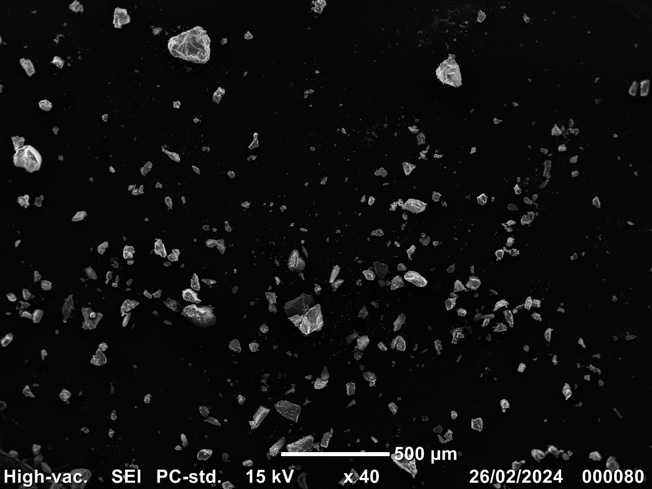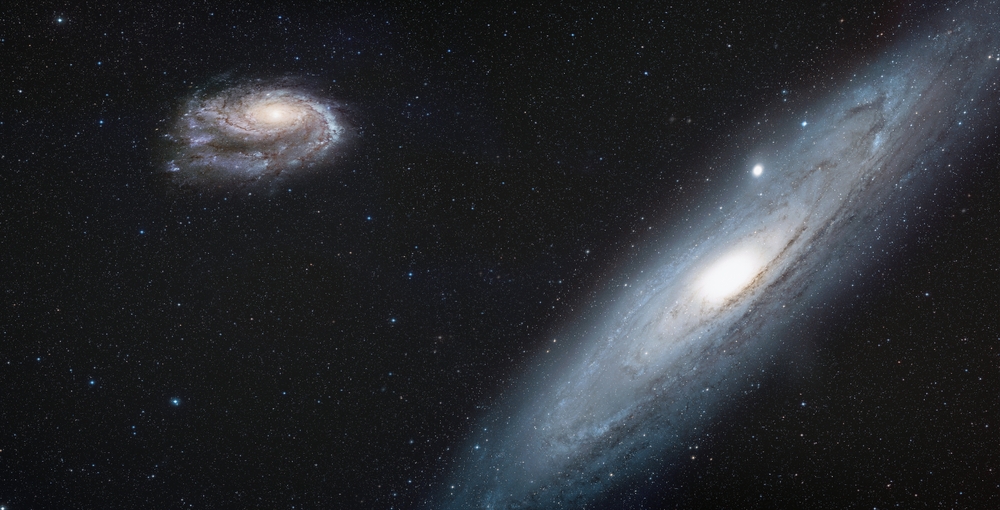Now Reading: Lunar Dust vs. Earth’s City Dust: Which Is More Harmful?
-
01
Lunar Dust vs. Earth’s City Dust: Which Is More Harmful?
Lunar Dust vs. Earth’s City Dust: Which Is More Harmful?

Rapid Summary:
- A new study published in Life Sciences in Space Research compared the effects of lunar dust and city dust on human lung cells.
- Study findings reveal that while lunar dust can cause irritation, inflammation, and some toxicity, it is less harmful than city dust. City pollution contributes more to inflammation and oxidative stress.
- Apollo mission astronauts experienced respiratory symptoms like sneezing and sore throat due to exposure to lunar dust trapped in confined spaces during missions; this was termed “lunar hay fever.”
- Researchers used lunar simulants (LMS-1 and LHS-1) along with Sydney’s particulate air pollution samples for controlled experiments.
- The research focused on particles smaller than 2.5 micrometers as these are easily inhaled and can invade the lungs.
- Results suggest that moon dust’s risk is less severe, assuming similar exposure levels as Earth’s polluted environments.
- NASA continues efforts to mitigate lunar dust hazards for future Artemis III missions but considers the findings encouraging for astronaut safety.
Indian opinion Analysis:
The study provides intriguing insights into two environmental challenges-airborne pollution on Earth versus extraterrestrial hazards faced by astronauts. The comparative lesser toxicity of moon dust highlights ongoing issues with urban air quality globally-an area where megacities like Delhi frequently record alarming pollution levels, posing health risks far beyond those of lunar environments.
For India’s growing space ambitions, such research underscores the necessity of addressing astronaut safety comprehensively. India’s upcoming Gaganyaan project might benefit from these findings when planning long-term extraterrestrial exploration missions. On a broader scale, it serves as a reminder for stronger measures against air pollution domestically-a pressing issue affecting millions every day compared to hypothetical space risks.

























